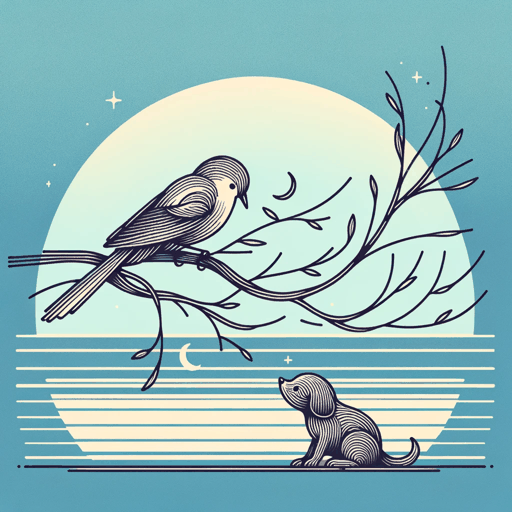20 pages • 40 minutes read
Elizabeth BishopFive Flights Up
Fiction | Poem | Adult | Published in 1974A modern alternative to SparkNotes and CliffsNotes, SuperSummary offers high-quality Study Guides with detailed chapter summaries and analysis of major themes, characters, and more.
Further Reading & Resources
Related Poems
“A little Dog that wags his tail” by Emily Dickinson (1871-72)
Elizabeth Bishop read Emily Dickinson’s work, but in letters and interviews, she says Dickinson didn’t mean much to her. However, Bishop and Dickinson have many similarities. Their works feature keen observations and are often playful and puzzling. In “A little Dog that wags his tail,” Dickinson provides an image of a carefree dog who “gambols all the live Day.” Like the dog in Bishop’s poem, Dickinson’s dog represents an uncorrupted, joyous creature. As with the owner in “Five Flights Up,” Dickinson presents examples that counter the dog’s playful mood. These examples aren’t humans but creatures with human qualities, like the cat and mouse.
“The Mountain” by Elizabeth Bishop (1952)
In “The Mountain,” Bishop takes up the theme of time. Departing from the relaxed, casual mood of “Five Flights Up,” time is frustrating in “The Mountain.” The poem is in the mountain’s voice, and the mountain’s attitude is as disgruntled as the owner in “Five Flights Up.” The mountain doesn’t “mean to complain” (Line 13), yet that’s what they do. The mountain isn’t content to trust time and nature and not inquire further into its mysteries.
Related Titles
By Elizabeth Bishop

A Miracle for Breakfast
Elizabeth Bishop

Arrival at Santos
Elizabeth Bishop

Crusoe in England
Elizabeth Bishop

Exchanging Hats
Elizabeth Bishop

Insomnia
Elizabeth Bishop

One Art
Elizabeth Bishop
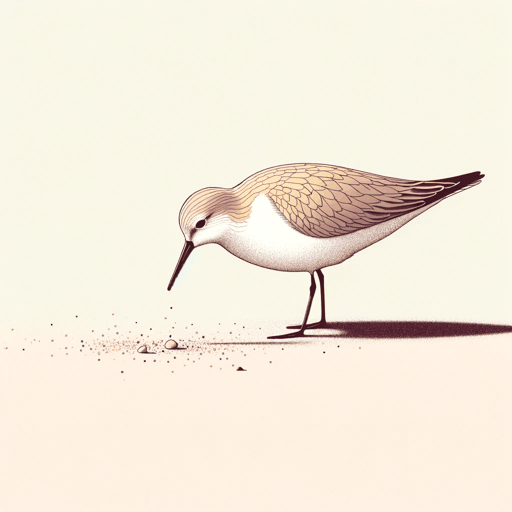
Sandpiper
Elizabeth Bishop
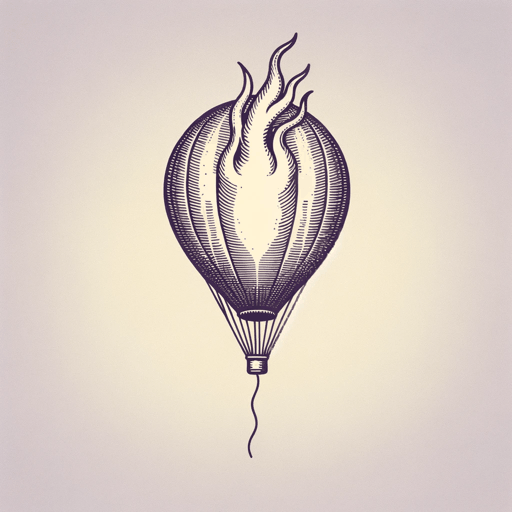
The Armadillo
Elizabeth Bishop
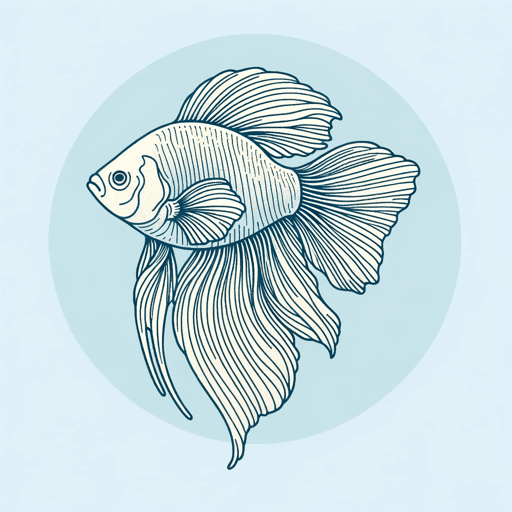
The Fish
Elizabeth Bishop

The Imaginary Iceberg
Elizabeth Bishop
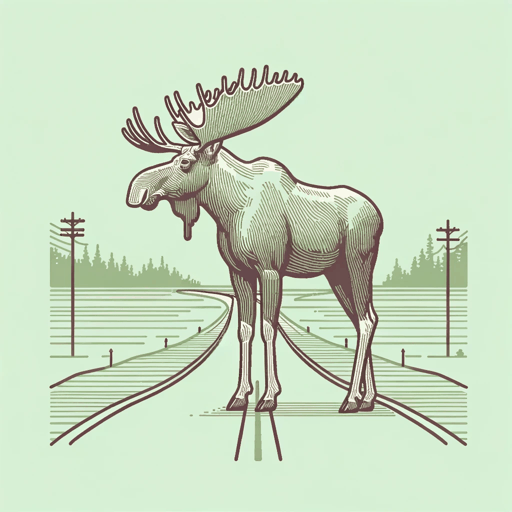
The Moose
Elizabeth Bishop

The Mountain
Elizabeth Bishop

The Shampoo
Elizabeth Bishop
